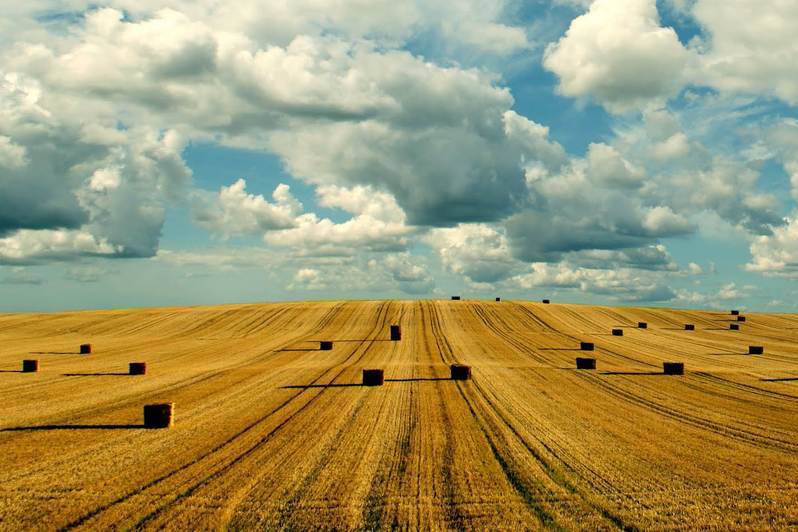Agricultural outlook 2023-2032: webinar on trends & implications for the Netherlands
The OECD-FAO Agricultural Outlook 2023-2032 presents a baseline scenario for the evolution of agricultural commodity and fish markets at national, regional, and global levels for the period 2023 to 2032. It is a collaborative effort of the OECD and the FAO, prepared with inputs from member countries and international commodity organisations. The webinar is on 13 July, 13h30-15h00 (CEST).

The OECD-FAO Agricultural Outlook 2023-2032 presents a baseline scenario for the evolution of agricultural commodity and fish markets at national, regional, and global levels. This webinar presents 10 years trends and prospects for agricultural markets as well as key results from the Outlook’s scenario on sustainable productivity growth. Key findings will be tailored towards potential implications for the Netherlands. It is an opportunity for information sharing, discussion, and debate with an esteemed panel.
The outlook estimates high prices for most agricultural commodities to subsist in the medium-term with the rising costs of agriculture inputs (such as fertilisers). This is accentuated by the uncertainty caused but Russia’s war in Ukraine regarding energy and input prices. However, in the medium- and long-term world prices are expected to flat or slightly decline in real terms. The outlook provides a scenario for fertilisers input costs and its effect on agricultural commodity prices, projecting that for every 1% in fertiliser prices, commodity prices will also increase by 0.2%.
Higher food prices also mean greater food insecurity in vulnerable regions. The projections suggest that food consumption will not increase sufficiently to meet UN’s Sustainable Development Goal (SDG) 2 on Zero Hunger. Global food consumption is projected to increase by only 1.4% per year in the next decade, a slower pace than the previous decade due to declines in population and income growth.
Over the next decade, the global production is expected to growth at a yearly rate of 1.1%, slower than in previous decades. The reduced growth incentives are driven by a weakening of expected gross returns for producers from both sales and due to costs developments.
Global agricultural greenhouse gas (GHG) emissions are projected to increase by 7.5% in the next decade, higher than last year’s projection of 6%. However, this growth is lower than in the previous decade, indicating a faster decline in the carbon intensity of agricultural projections. More efforts are needed to ensure that GHG emissions meet the levels set out in the Paris Agreements on climate change.
Programme
13:30 Introductory remarks Lee Ann Jackson, Head of the Agro-Food Trade and Markets Division, TAD OECD
13:35 Agricultural Outlook to 2032 Hubertus Gay, Agricultural Policy Analyst, TAD OECD
14:05 Implications for the Netherlands Cor Bruns, Sector Specialist in Food and Agri, ING
14:25 Floor Open for Discussion Jasper Dalhuisen, Agricultural Counsellor of the Netherlands to the OECD
15:00 End of the event
More information
Logistical information
This webinar will be held online using Zoom for 1,5 hours
Date and time Thursday
13th July 2023 at 13:30-15:00 Paris Time (CEST)